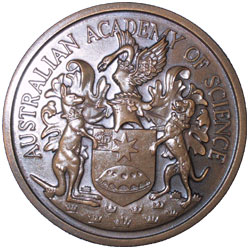
The 2015 Academy awards have been announced, including three new awards which celebrate the careers of eminent biologists Sir Gus Nossal and Professor Jacques Miller, and engineer Professor John Booker.
The winners of these new awards have undertaken pioneering research developing treatments for malaria, devising new drugs to treat obesity and making cheaper and more efficient solar cells.
The prestigious 2016 Macfarlane Burnet Medal and Lecture has been awarded to Professor Graham Farquhar AO FAA FRS, an outstanding plant scientist whose work has led to the development of crops that are more able to cope with drought.
In addition, the Academy has announced the winners of its research grants and travelling fellowships and support for scientific conferences.
The honorific awards will be formally presented at the Academy’s annual three day celebration of Australian Science, Science at the Shine Dome.
More about the awardees and their research
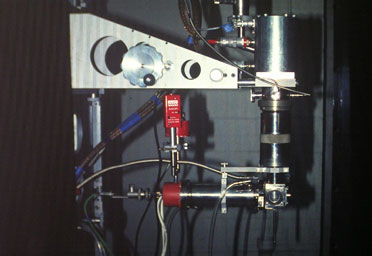
Reactive intermediates and unusual molecules were the focus of the 2014 David Craig lectures, delivered by Professor Curt Wentrup FAA to 14 Australian universities over seven months.
The Academy’s David Craig Medal commemorates the outstanding contribution to chemical research of Emeritus Professor David Craig AC FAA FRS. It recognises contributions of a high order to chemistry by an active researcher.
In his lecture Professor Wentrup explained how numerous chemical reactions take place via so-called ‘reactive intermediates’, that is, short-lived molecules that are undetectable under ordinary reaction conditions. To understand chemical reactions it is necessary to understand the reactive intermediates, with the resulting knowledge being fundamentally important for theoretical chemistry as well as practical applications in the synthesis of new types of compounds such as new pharmaceuticals and materials.
University of Melbourne PhD student Emma Grant was the 2013 recipient of the Douglas and Lola Douglas Scholarship, for her work exploring why Indigenous people are more susceptible to Influenza A Virus infection.
The scholarship supplemented funding from the NHMRC Training Scholarship for Indigenous Australian Health, and enabled Ms Grant to establish novel and expensive experimental techniques and to purchase specialised equipment and computer software for the analysis of large amounts of data. She was also able to attend two international conferences to present her data to world leading experts, and to form collaborations for this exciting research.
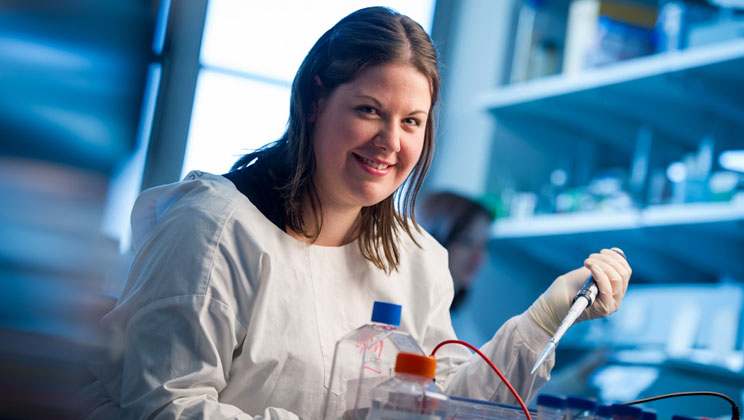
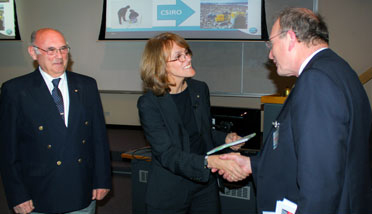
Dr Cathy Foley’s 2014 Lloyd Rees lecture in September explored ‘How superconductivity has changed your life’.
Lloyd Rees lectures, delivered by distinguished researchers in chemical physics, commemorate the contributions of the late Dr Lloyd Rees FAA to science, industry and education.
In her talk at CSIRO Materials Science and Engineering in Melbourne, Dr Foley began with a discussion of the history of superconductivity and what is understood about this exciting but baffling property that many materials possess when cooled down below a critical temperature. She discussed applications including magnetic resonance imaging, mineral exploration, magneto-encephalography, transport and power distribution and use in the development of fusion as a future energy source. She then looked into the future to see where superconductivity will play a role in the modern world, including quantum computers and quantum teleportation, and asked whether superconductors that operate at room temperature are possible.
The 2013 Margaret Middleton Fund Award for endangered Australian native vertebrate animals supports field-based, high-quality ecological research by postgraduate students and early career researchers.
The 2013 award winner, Phil Bouchet, conducted ocean research to characterise and map marine organism ‘hot spots’ to assist with their protection. To overcome limitations of current video recording equipment, Phil’s project developed a new drifting video sampling tool that overcomes existing depth constraints and can be deployed in areas of complex seabed relief. The project also developed a novel pattern-detection algorithm that automates the digital processing of baited underwater imagery.
The video tool was used to document pelagic wildlife in a small marine national park off the coast of Fremantle, WA. Nearly 150 hours of video footage detected 15 species from 11 different families, including tunas and sharks. The latter were particularly inquisitive and came in close contact with the cameras, allowing their sex to be determined, their size to be estimated, any physical wounds to be recorded, and their natural behaviour to be captured.
The research has implications for the marine park’s future management and for human activities around its boundaries.
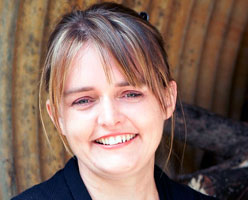
The role of amateur scientists and women in Australian botany was explored by 2013 Moran Award winner, Dr Danielle Clode.
The Moran Award for History of Science Research aims to encourage use of the Academy’s Basser Library collections, especially by younger researchers.
Dr Clode’s research produced a scholarly biographical work on nature writer Edith Coleman and an illustrated anthology of Australian orchid nature writing centred on Coleman’s work that was funded by the Australian Orchid Foundation.
Dr Clode explored the relationships Edith Coleman had with other naturalists of the time. She highlighted the contribution that non-professional naturalists, and particularly women, have made to the botanical sciences and orchid biology and the importance of nature-writing in the popular communication of science.
Academy Fellow Professor Min Gu FAA FTSE has been awarded the The 2014 Ian Wark Medal and Lecture for his work in 3D optical imaging theory and big data.
The Ian Wark Medal and Lecture honours the contributions to Australian research of Sir Ian Wark, by recognising researchers whose work contributes to the prosperity of Australia through the advance of scientific knowledge or its application.
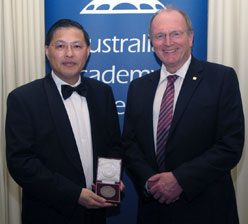
After receiving his medal from Academy President Andrew Holmes AM PresAA FRS FTSE in September, Professor Gu, Director of the Centre for Micro-Photonics at Swinburne University of Technology, gave a lecture on ‘Greenphotonics-empowered big data centres’.
Professor Gu is a pioneer and a world-leading authority on three-dimensional (3D) optical imaging theory. His research in 3D optical microscopy has surpassed the diffraction-limited optical resolution barrier discovered by Ernst Abbe in 1873. He has led high-impact research in 3D nanophotonics that provides green solutions with significant societal benefits including low energy consumption big data centres, early cancer detection and environmentally friendly solar cells.
In particular, he has driven a paradigm shift in 3D optical data storage by developing petabyte (1000 terabytes) optical data storage technology that allows the sustainable growth in digital economies. His creative use of 3D optical endoscopy has firmly established a foundation for in vivo early cancer detection, while his innovations in nanoplasmonic solar cells have resulted in ultrathin high efficiency photovoltaic devices with less environmental impact, supporting the continued growth of Australia’s renewable energy industry.
The 2014 Haddon Forrester King Medal was presented to Professor Neil Williams PSM FTSE, whose career has spanned academia, the minerals exploration industry and government.
The Haddon Forrester King Medal is awarded to scientists for original and sustained contributions to earth and related sciences. The award is for work of particular relevance to the discovery, evaluation and exploitation of mineral deposits, including the hydrocarbons.
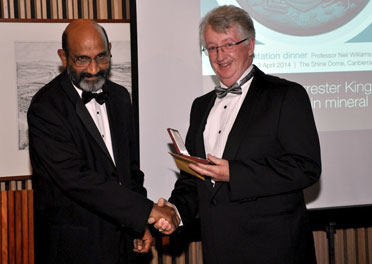
Professor C. Jagadish FAA FTSE, Vice President of the Academy, awarded the medal at the Shine Dome, Canberra, in April this year. After receiving his medal Dr Williams spoke on ‘A journey of Earth resource discovery through academia, industry and government’. Mr Gerard Rheinberger, Exploration Director, Rio Tinto, concluded the dinner with an appreciation of Professor Williams’ work from an industry perspective.
Professor Williams’ leadership reshaped the way Geoscience Australia promotes investment in earth resource exploration. For example, in 2012 Japanese company INPEX and its partner TOTAL S.A. announced an investment of US$34 billion for the development of the Ichthys condensate field, illustrating the huge impact a modest expenditure by a geoscience agency can have on national wealth generation.
© 2025 Australian Academy of Science